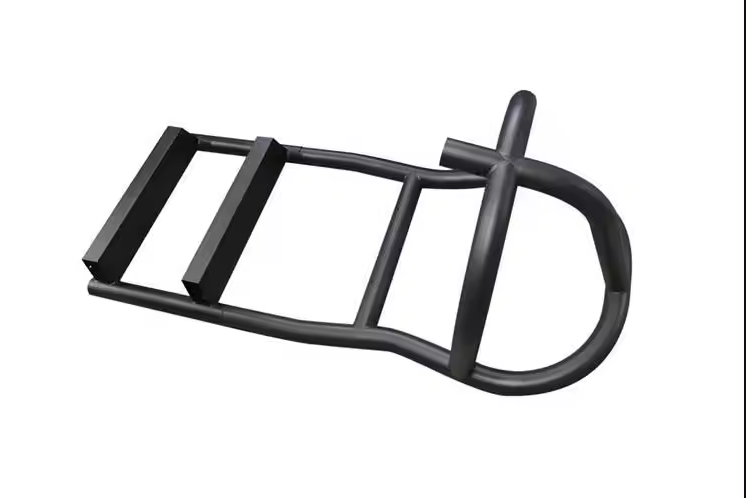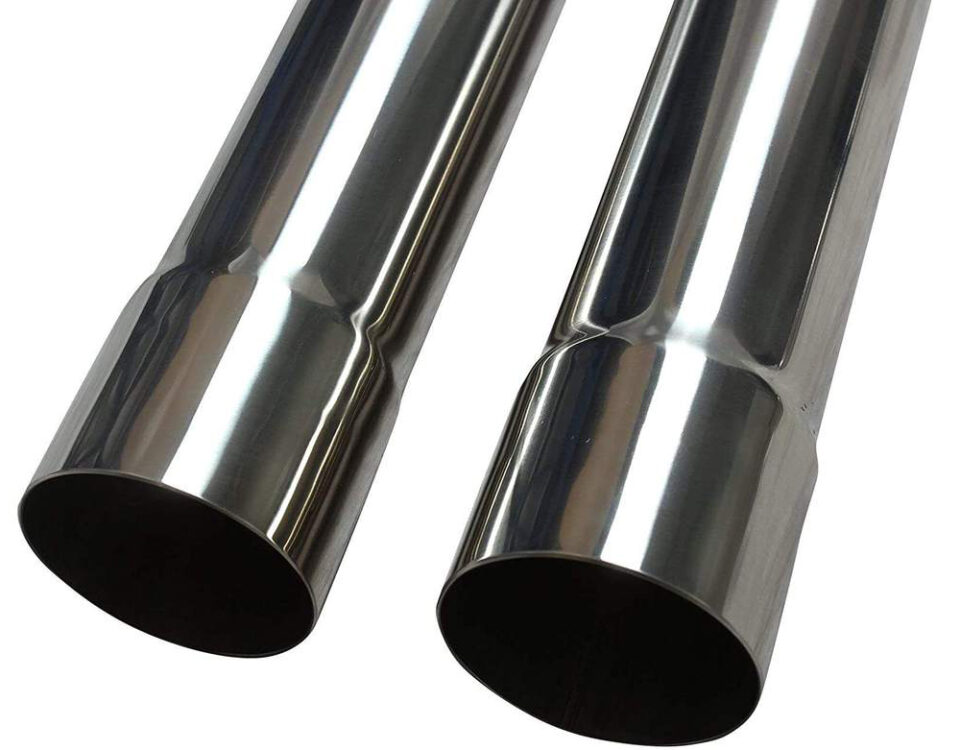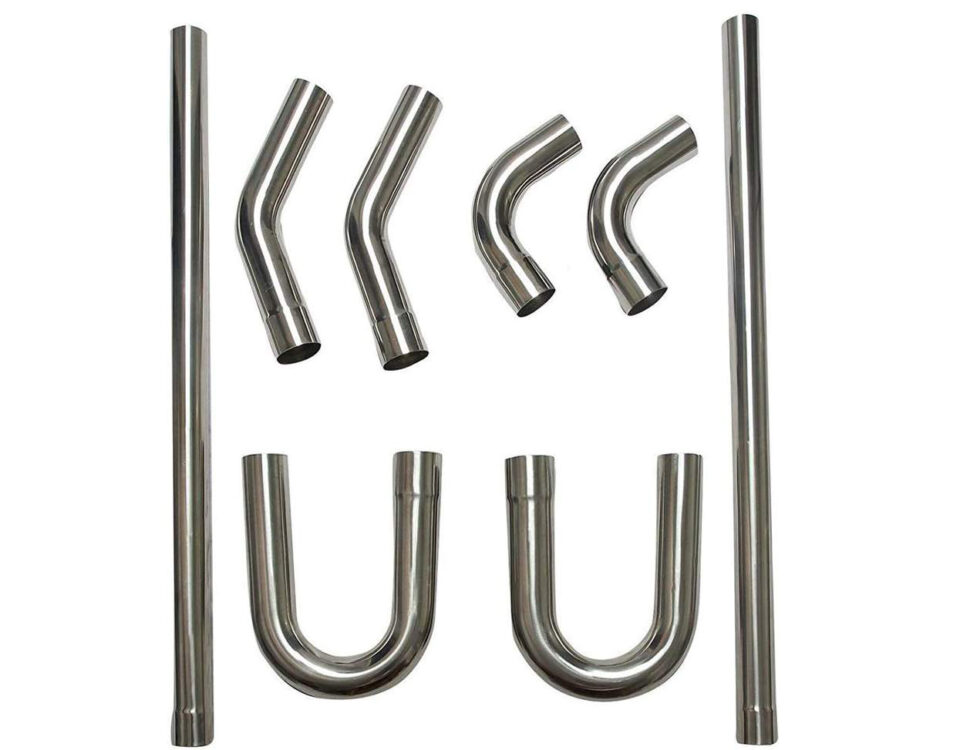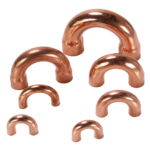
U-bending pipe
November 9, 2023
Multi-radius bending
November 10, 2023A Comprehensive Guide to Coil Pipe Bending in Manufacturing
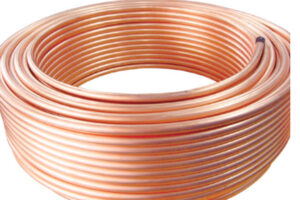
It is a crucial process in the manufacturing industry, particularly in the fabrication of elbow pipe fittings. It enables the production of pipes with specific shapes and designs required for various applications. This article aims to provide a comprehensive overview of coil pipe bending, including its principles, equipment used, key considerations, and benefits.
1. Understanding Coil Pipe Bending:
It involves reshaping a straight pipe into a curved or angled form using specialized machinery. This process allows manufacturers to create elbows, u-bends, and other customized pipe configurations required in diverse industries such as construction, automotive, aerospace, and plumbing.
2. Principles of Coil Pipe Bending:
This pipe bending primarily relies on the principle of plastic deformation. The pipe is subjected to controlled force and carefully executed bending techniques to avoid any damage or structural compromise while achieving the desired shape. This process requires expertise in material properties, bending angles, and radius calculations to ensure accurate results.
3. Equipment Used in Coil Pipe Bending:
a. Mandrel Benders: These machines employ a mandrel, an internal support structure inserted into the pipe during bending, to maintain the pipe’s shape and prevent wrinkling or collapse.
b. CNC Pipe Benders: Computer Numerical Control (CNC) enables precise and automated control over the bending process, ensuring consistent results within tight tolerances.
c. Roll Benders: Used for larger diameter pipes, roll benders use three adjustable rollers to gradually bend the pipe around a fixed central axis.
4. Key Considerations:
a. Material Selection: Choosing the right material is crucial to ensure the pipe’s durability and functionality in specific applications. Factors such as strength, corrosion resistance, and ductility should be considered.
b. Bend Radius: Determining the appropriate bend radius is essential to maintain the structural integrity of the pipe. It depends on factors like the material, wall thickness, and pipe diameter.
c. Tolerance and Accuracy: Precision is crucial in coil pipe bending, as even minor deviations can impact the final product’s fit and performance. Adhering to industry standards and employing advanced measurement technologies help achieve tight tolerances.
d. Quality Control: Implementing comprehensive quality control measures throughout the bending process is essential to identify defects, ensure consistency, and guarantee compliance with specifications.
5. Benefits:
a. Customization: Coil pipe bending enables manufacturers to create pipes with specific shapes and angles, meeting unique project requirements.
b. Cost-effectiveness: By eliminating the need for multiple pipe joints and fittings, coil pipe bending reduces material waste, assembly time, and overall costs.
c. Enhanced Flow Characteristics: Elbow pipes created through it offer improved flow dynamics, minimizing pressure drop and optimizing fluid or gas transportation.
d. Simplified Installation: Pre-bent pipes reduce the number of connections, simplifying installation and reducing the risk of leaks or failure points.
Conclusion:
It is a fundamental process in manufacturing, facilitating the production of customized elbow pipe fittings used in various industries. Understanding the principles, equipment, and key considerations in coil pipe bending empowers manufacturers to produce high-quality pipes that meet precise specifications while enjoying the benefits of cost-effectiveness, enhanced flow characteristics, and simplified installation. By embracing this bending technique, manufacturers can achieve excellence in their operations and deliver optimal solutions to their customers.

